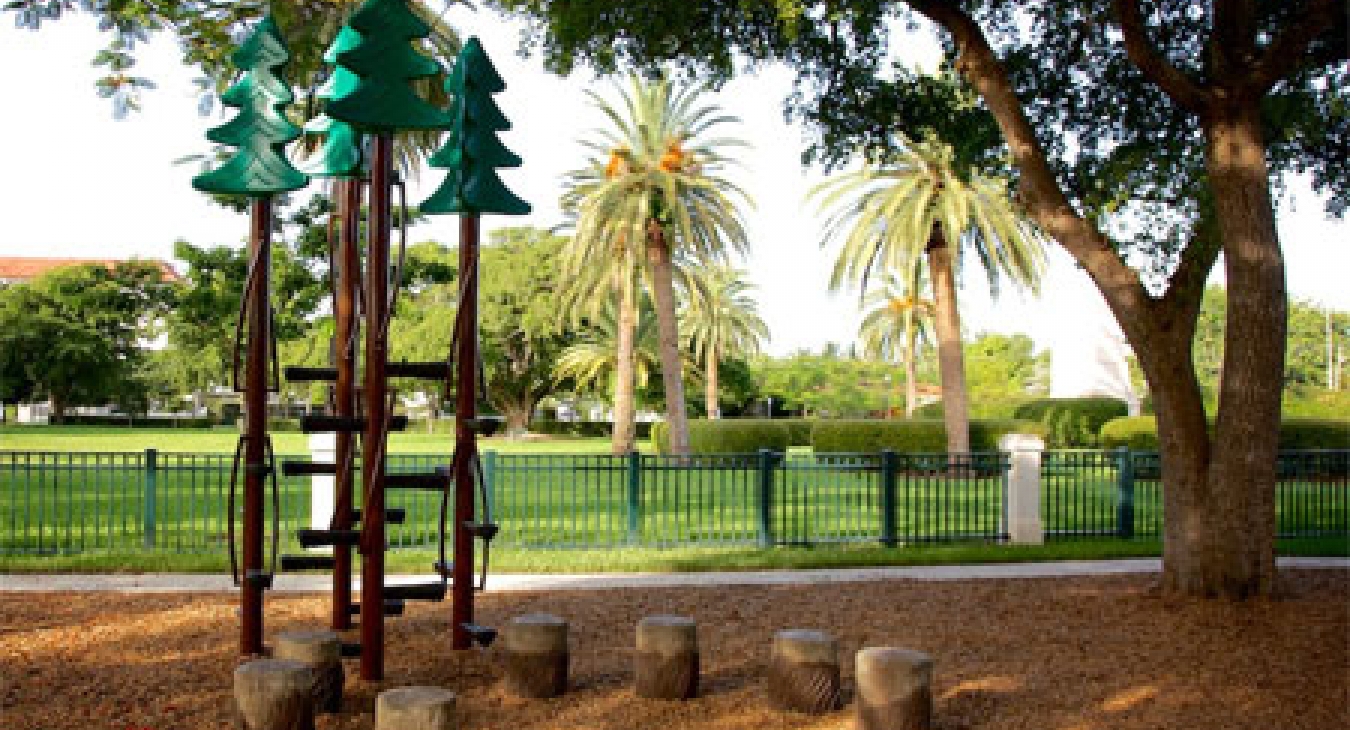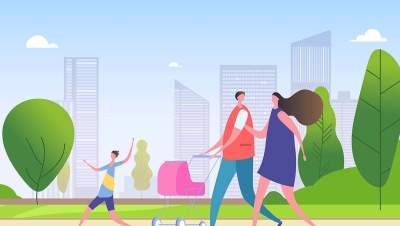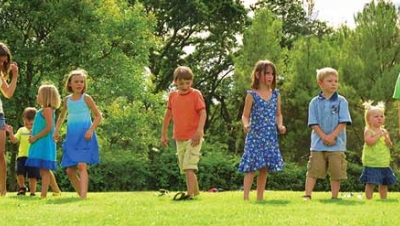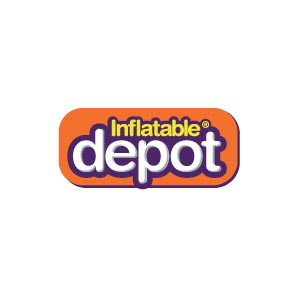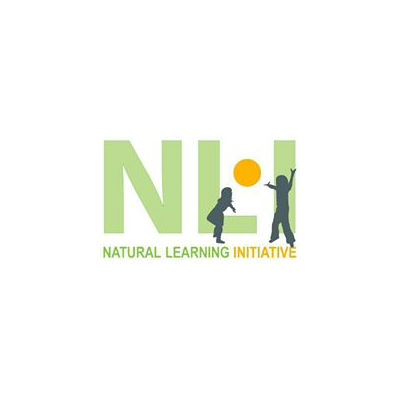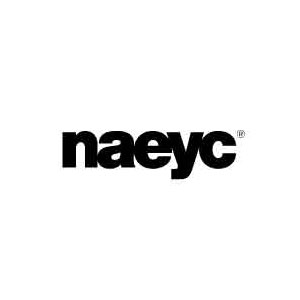Play – whose vision is it anyway?
Play is good for people. Getting outside, experiencing fresh air, getting exercise, being with your family and friends… no one can dispute the benefits. Play also means different things to different people. Creating environments where the largest number of people can enjoy these benefits is key to the overall appeal and community capital that outdoor recreation environments can offer.
Variety is crucial, and therefore including the greatest number of activities and options for participation will help attract users to the facility. While nature areas are great for those who love them, some may not be inclined to participate in this type of environment for a number of reasons. Those with bicycles who wish to ride a trail will be limited if the trail is designed to accommodate only walkers. Children wishing to play at a playground may be excluded if the area is not inclusively designed, or focuses on too narrow a skill set or age group. Splash pads are a lot of fun, but some people may not want to deal with getting wet as part of their recreation.
Sadly, there is no limit to the number of stakeholders or designers in any given field who offer advice through articles and publications about how the product and/or design in their “wheelhouse” is the “best.” However, everyone who has an influence on the design of public spaces has a responsibility to put personal taste or product line preferences aside and work for the greater good of all community members. Providing research and options, and then listening to each community’s specific needs, desires, and vision is the way to achieving community capital that engages citizens. Thinking about the way a family interacts in life, then translating these patterns of interaction to the outdoor space will help to ensure that the environments we all work so hard to create provide a comfortable, active, and familiar basis for engagement in the outdoors. Here are some considerations to think about:
Free, unstructured play – Whether digging in the dirt, creating imaginative adventures on a play structure, or sitting in a circle on the grass with friends, children need a place to encourage creative behavior. Some children like to explore their surroundings; others may prefer to stay close to family. Some like picking up bugs and digging in the dirt, others may prefer to appreciate their surroundings while staying clean. A mapping study done by the Natural Learning Initiative, College of Design, and NC State University demonstrated the importance of including both nature and the built environment to provide a wider array of activities and ways to experience the surroundings. At Kids Together Park (KTP) in Cary, NC, a powerful model has emerged, and a mapping study done at the park showed that while the playground equipment received the most use, the primary pathways and nature-inspired gathering spots followed closely in popularity. Ensuring that both natural and built spaces are accessible, provide cozy shaded spaces, and inclusively designed will help ensure that all people can participate in whatever their desired level of engagement.
Family engagement – Some parents and grandparents may choose to participate in their child’s play, others prefer to observe from a distance, enjoy “grownup talk” with other parents, and let children discover their surroundings and partake in adventures with their peers. It’s important to think about what adult family members will be able to do while at a recreation space. Are there activities within sight of the areas for children so parents have something to do if they choose to let children play independently? Are these areas designed for comfort, with shade and ample seating? If there are activities, what are they? Creating large game boards where people act as the game pieces, designing nature walks around play areas, providing shaded picnic tables where parents can sit and talk, and offering large smooth grassy expanses to spread a blanket and sit are all valid and appeal to a wide array of adult tastes. Remember, like children, adults will have different priorities in how they choose to spend time outdoors, from relaxing to active behavior. Accommodating everyone is important!
Tween to teen – Older children and teens often fall between the cracks when it comes to parks and recreation options. Playgrounds are “babyish,” nature spaces are “dumb and boring,” sitting with parents is “lame,” we’ve all heard their complaints – what is a teenager to do? Creating teen zones where they can be with their peers, but still within sight of the family can help encourage them to participate. Bicycle paths or adventure activities are attractive to this age group. Outdoor fitness areas can also help attract image conscious teens to visit the park with their family.
Fitness – Speaking of outdoor fitness areas, they are also a popular way to engage adults who like to stay active. Fitness areas that face a traditional play area provide opportunities for parents to supervise children while encouraging them to engage in moderate to vigorous activity in the same way that play areas encourage kids to do the same. At the new El Sereno Arroyo park in Los Angeles, part of the City of Los Angeles’ 50 Park Initiative, the addition of a fitness area, playground, walking paths, art installations, and nature walk provide opportunities for surrounding citizens to engage with the space, and with each other, offering a wide variety of activities that suit the diverse population that lives nearby.
Keeping it together – Planners should also think of the family who is seeking options that allow them to participate together, and ensure that activities are available for them as well. If room allows, walking and bicycle paths are a great family activity; be sure to include bike racks at points along the way so the family can secure their bikes and participate in other activities within the environment. Creating shaded picnic pavilions close to other activities within the park gives families a place to gather and host parties, and can also act as a valued revenue stream to the park.
Getting wet – Aquatic centers and splash pads are also fun family activities, and getting wet is a great way to cool down in the summer heat! Be sure to be thoughtful about water circulation, maintenance, and nearby changing areas so participating is enjoyable for families.
What about Fido? Families increasingly are looking for places to bring the family pet, and providing a dog park is another way to ensure you offer services to the greatest extent possible. Pet owners are always looking for places where their dog can have an “off-leash” experience, and they can meet and socialize with other dog owners. Be sure to have separate areas for large and small dogs to accommodate their different play habits, and create convenient ways to pick up and dispose of waste, so the space is a pleasant place to be!
No matter what your space, there are characteristics that all good parks share. William Whyte has summed it up succinctly in his Street Life Project by saying good parks feature:
- People engaged in a wide range of activities and uses
- Diversity of ages and balance of genders
- People present in groups as well as alone
- Most parts of the park used at all different times of the day and week, and in a variety of weather conditions
- A methodology to respond to the changing needs of residents and to observe and listen to their needs
Whyte noted that people vote with their feet – they use spaces that are easy to use, that are comfortable. They don’t use the spaces that are not. He also suggested, quite wisely, that through observation and by talking to people, we can learn a great deal about what people want in public spaces and can put this knowledge to work in creating places that shape livable communities.
It is important then that each of us who have influence on the creation of public spaces, whether it be political, management, supplier, or design, enter our role in the creation of public spaces without theoretical or aesthetical biases, but rather look deeply with a clear mind to create parks that people will use, cherish, and protect for the future.


